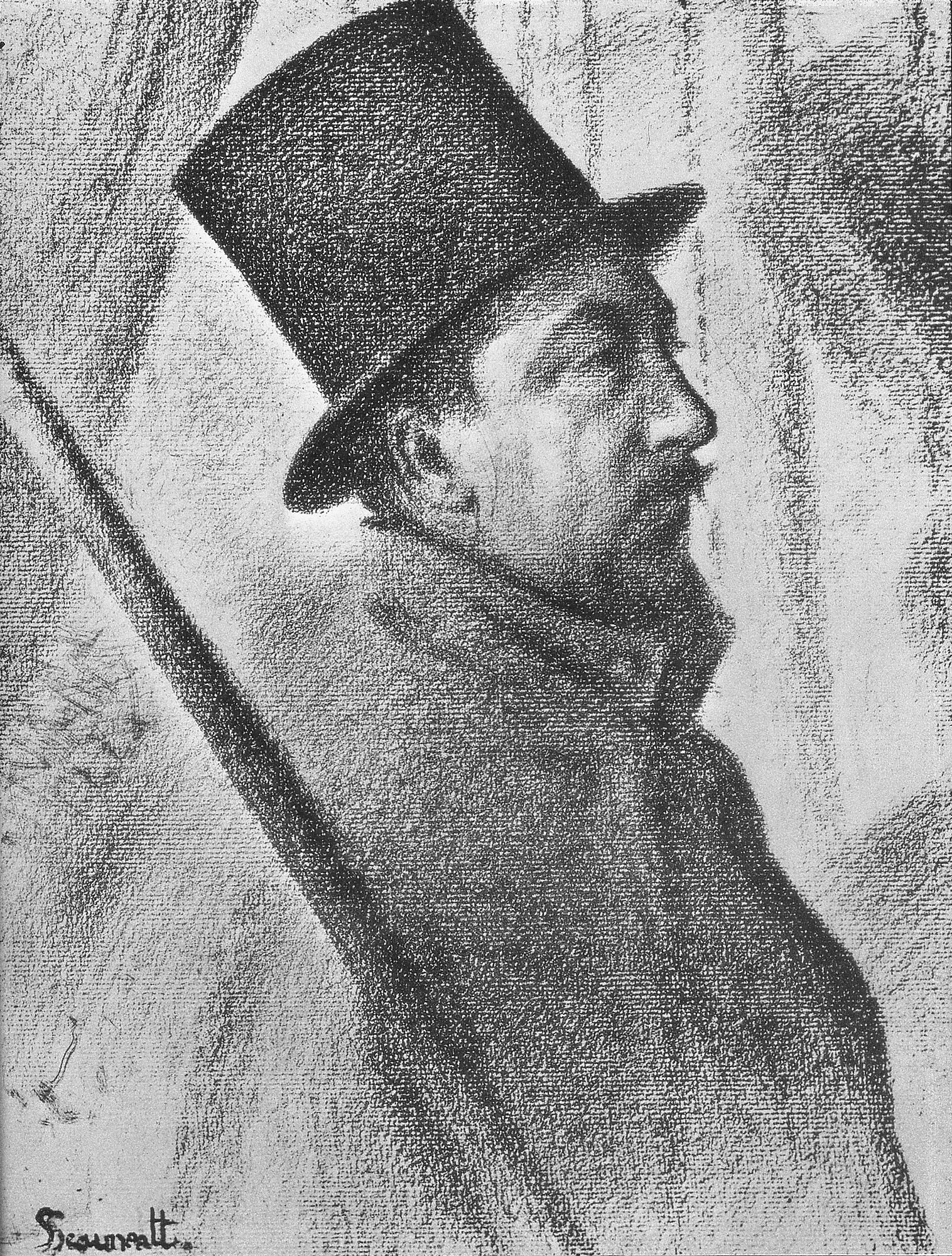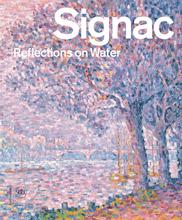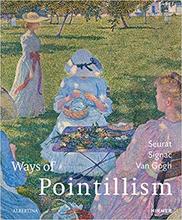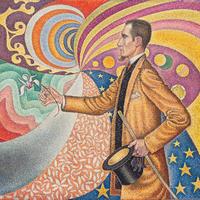More about Paul Signac
- All
- Info
- Shop

Sr. Contributor
Paul Signac is known for his Pointillist technique of using small dots, intended to be combined in the eye of the viewer through melange optique, or optical mixture, to create a complete picture.
Signac originally trained to be an architect, but decided to pursue painting at age 18 after a visit to a Claude Monet exhibition. He made his debut at the last Impressionist exhibition, and was one of the founding exhibitors at the first Salon des Independants in 1884. His early works followed the tradition of Impressionism but later changed after he met Georges Seurat. He was influenced by Seurat’s systematic working methods and theory of colors, and abandoned the loose brushstrokes of Impressionism for the scientifically juxtaposed dots of Pointillism, which were intended to intensify luminosity and depth.
Signac described his color compositions in terms of contrasts, saying, “The painter, starting from the contrast of two opposing colors, modifies and balances them across the spectrum until he meets another contrast and starts the process over again.” He viewed his technique as an extension of his anarchist-communist political beliefs, using “strongly accentuated brushstrokes” to form a harmonious whole picture. He believed that using a scientific approach to achieve aesthetic harmony could promote moral harmony, and thus social harmony.
Signac and Seurat became close friends, studying theories of painting and color together which developed into the Neo-Impressionism movement. Signac traced its origins in his book, Eugene Delacroix to Neo-Impressionism, and rallied a group of artists to promote the cause. Signac was elected President of the Societe des Artistes Independants in 1908, a position he held for twenty-six years until his death. During his tenure, he played a decisive role in the development of modern art by encouraging younger artists and exhibiting the controversial works of the Fauves and Cubists. He was even the first to buy a painting by Henri Matisse.
Signac is known for his painted scenes of the French coast, summering in the South of France either in the village of Collioure or at St Tropez. In his spare time, Signac was a skilled sailor, sailing from Brittany to Provence, and voyaging to Holland, Corsica, and around the Mediterranean from his base in St Tropez. On these trips, he painted watercolors of the ports he visited.
Besides Seurat, Signac was also friends with Impressionist (and later Neo-Impressionist) painter Camille Pissarro, who attended his wedding to Berthe Robles in 1892. Signac and Robles were married for 28 years before Signac left her for his mistress, Jeanne Selmerheim-Desrange. Signac and Desrange had one child together, Ginette, but as she was born out of wedlock, she was unable to inherit Signac’s wealth. Instead of divorcing Robles to marry Desrange, Signac convinced Robles to adopt Ginette with him in 1927. He died in 1935 at age 72 and is buried in the Pere Lachaise Cemetery in Paris.
Sources
- Bernier, Makayla. “Post-Impressionism: Chapter 10–Paul Signac.” 19th Century European Art History. Open Education Alberta. https://openeducationalberta.ca/19thcenturyart/chapter/chapter-10-signa….
- “Biography of Paul Signac.” https://www.paul-signac.org/biography.html#:~:text=Paul%20Signac%20was%….
- The Art Story. “Paul Signac.” https://www.theartstory.org/artist/signac-paul/.
Featured Content
Here is what Wikipedia says about Paul Signac
Paul Victor Jules Signac (/siːnˈjɑːk/ seen-YAHK,
French: [pɔl siɲak]; 11 November 1863 – 15 August 1935) was a French Neo-Impressionist painter who, with Georges Seurat, helped develop the artistic technique Pointillism.
A keen sailor, he is best known for his seascapes and views of ports and rivers.
Check out the full Wikipedia article about Paul Signac













